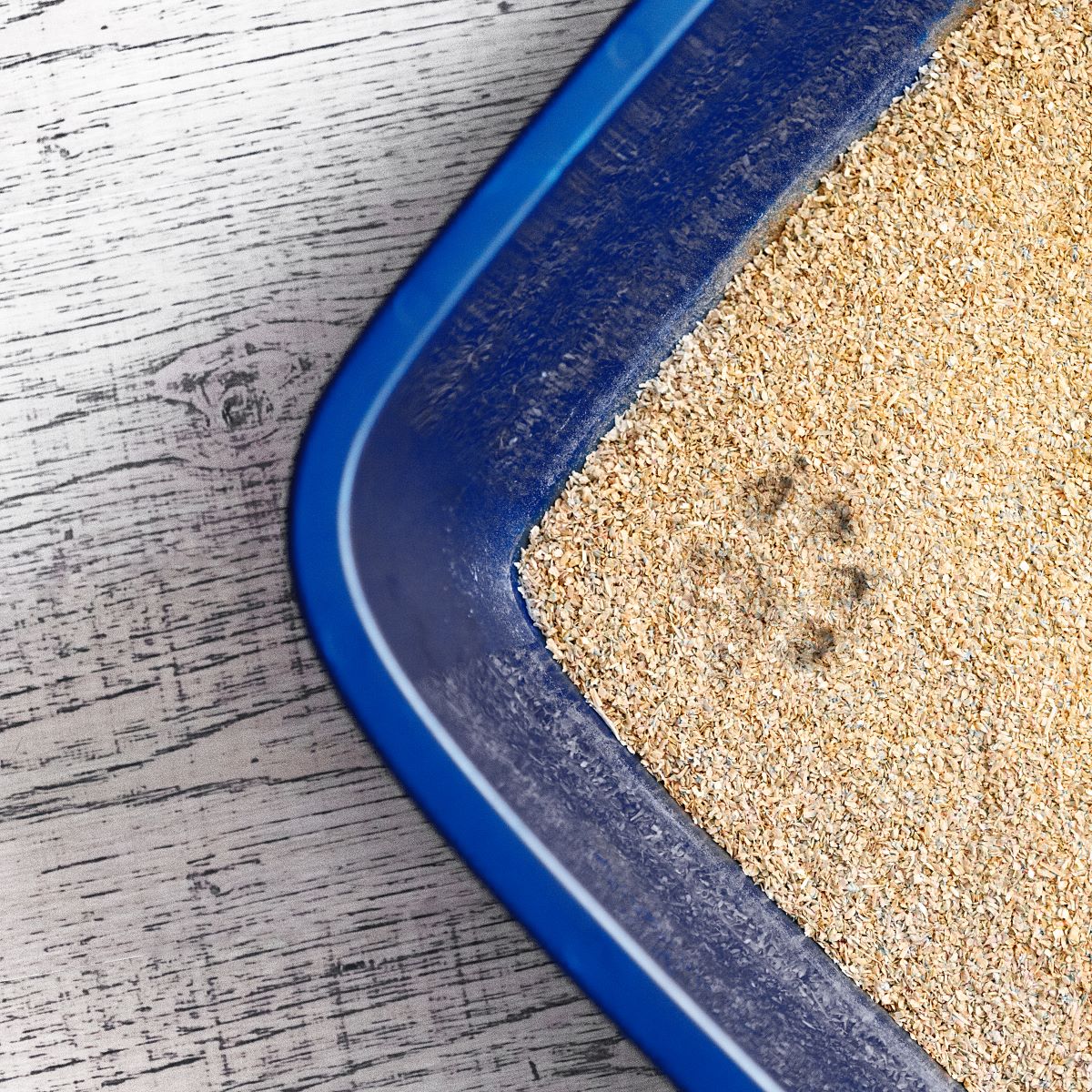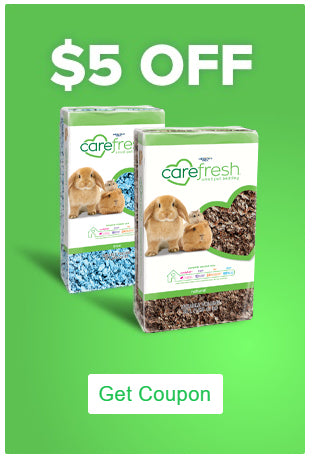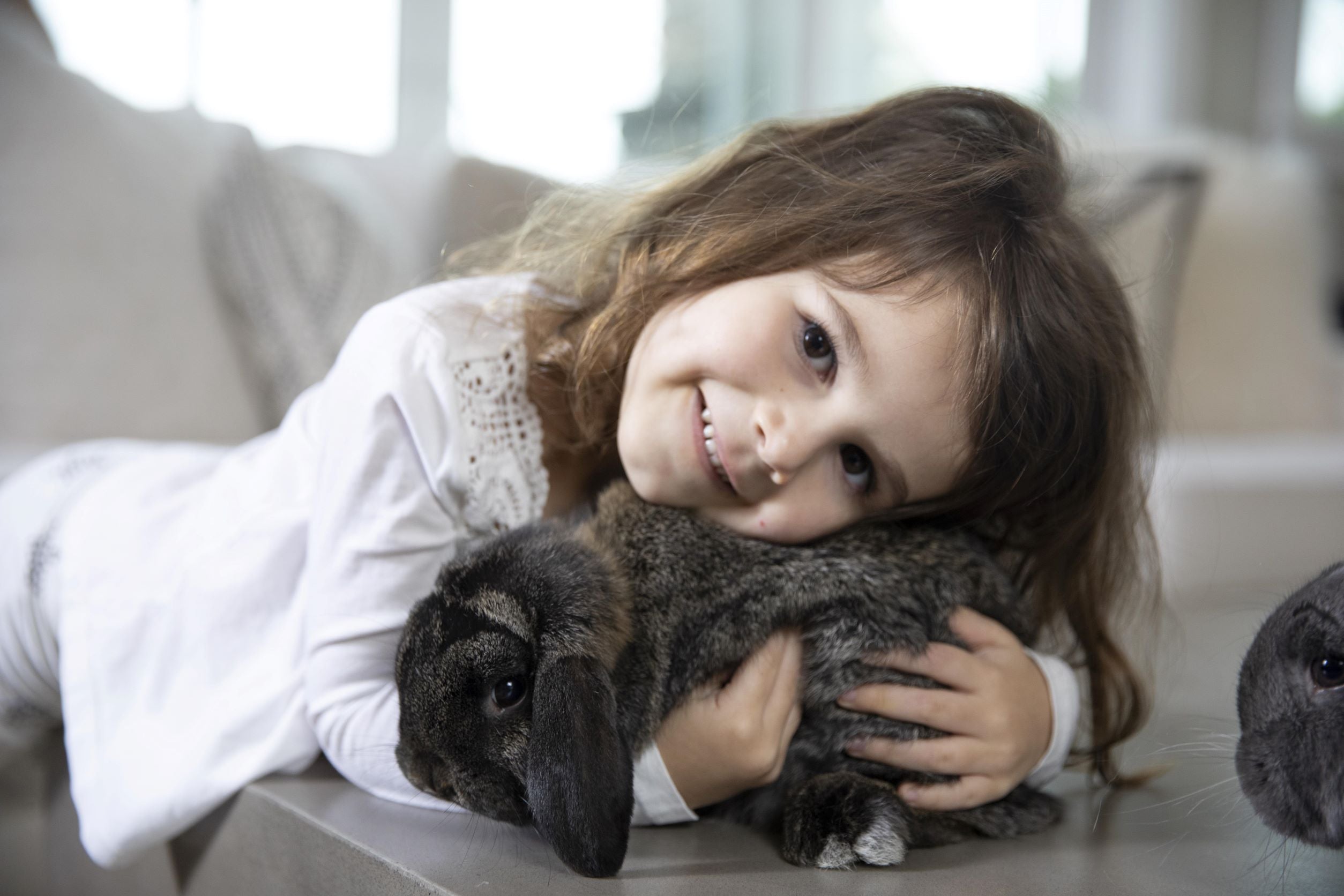Litter vs. Bedding: What’s Best for Your Small Pet?
If you share your home with a bunny, guinea pigs, ferrets, or hamster, you already know—these little pets bring big joy (and sometimes big messes).
The secret to keeping them cozy, clean, and your home smelling fresh? Knowing the difference between bedding and litter—and how to use both like a pro.
What’s the Difference Between Bedding and Litter?
Think of bedding as your pet’s cozy mattress. It’s soft, comfy, and perfect for snuggling, nesting, and lounging.
Litter, on the other hand, is the “bathroom zone.” It’s designed for absorption and odor control, usually placed in a corner litter box or a specific potty area.
When you use both correctly, you get the best of both worlds—happy pets and easier cleanup.
🐇 Rabbits
Rabbits are naturally tidy and can actually be litter trained!
Bedding: Use soft, absorbent natural paper bedding in their main living space.
Litter: Set up a litter box filled with natural, absorbent paper or wood-based litter such as carefresh Rabbit & Ferret Litter.
🧺 Pro tip: Avoid clay or clumping litters—they can be harmful if your bunny decides to nibble.
🐹 Guinea Pigs & Hamsters
These little burrowers love to dig, tunnel, and nap the day away.
They need thick, soft bedding that’s gentle on tiny feet and helps control odor.
Try natural paper bedding like carefresh®, made from ultra-soft, sustainable paper fiber that stays fresh longer between cleanings.
Avoid using litter alone—it’s not comfortable or safe for nesting.
🦦 Ferrets
Ferrets are playful and surprisingly clean! Most will pick a corner to go potty, so adding a small litter box is key.
Bedding: Soft paper bedding for resting and play.
Litter: Dust-free, absorbent litter in their potty area.
Place the litter box where your ferret naturally likes to go—it makes training easy!
🌿 Why Natural Materials Matter
Your small pet’s lungs (and yours!) will thank you for choosing natural, low-dust materials.
Natural paper and wood fiber beddings:
Keep the air cleaner
Control odor naturally
Are compostable and biodegradable
That means a happier pet and a greener planet. 🌎
💚 The Perfect Combo
For the happiest, healthiest habitat:
Bedding for softness and warmth
Litter for cleanliness and odor control
Your pet will love their cozy, fresh-smelling setup—and you’ll love how easy it is to maintain.
Give Them the Comfort They Deserve
carefresh® natural paper bedding is made from sustainable, reclaimed paper fiber that’s ultra-soft, super absorbent, and naturally controls odors for up to 10 days.
It’s the easiest way to keep your small pet’s home fresh, comfy, and planet-friendly.
🛏️ Learn more at carefresh.com
Read MoreDIY Delights: Affordable Enrichment Ideas for Small Pet Parents
We love our pets and we want to spoil them, but providing them with all the treats, toys, and enrichment materials they deserve can really add up. Taking care of our furry friends doesn't have to break the bank, and we're here to show you how to provide engaging and delicious options for your small pets without going over budget.
So let’s dive into the world of homemade toys and treats and discover how to do it on a budget, with many materials and ingredients you likely already have on hand.
From the Yard:
We know our little critters love to gnaw on clean, untreated wood; it is a great enrichment activity and helps keep their chompers in check. And while it may be tempting to head to the backyard with your clippers, not all trees are safe for your small pet!
Things to consider:
Know your trees: Some trees are toxic to small pets! Apple, willow, and oak are generally safe, while cedar, yew, and stone-fruit trees are toxic. Wood from pine and fir trees is only safe after the wood has been kiln-dried to remove volatile oils. (Best to save this one for the professionals!)
Are your trees clean & healthy? You do not want to give your small pet wood from trees sprayed with pesticides or wood from sick or infected trees! It’s best to avoid collecting branches from trees in public spaces as you can never be sure if they’ve been treated.
Another great backyard bounty for small pets are pinecones! With just a bit a preparation, pinecones can be gnawed on, stuffed with treats, or even made into a play mobile!
Now that you have sourced your small pet-safe branches and pinecones, it is time to clean them up! These materials could have bacteria or fungus growing on them as well as bugs, so we will want to get rid of any pests, clean off sap, and clip off any sharps or spikes.
From the Garden:
In the face of rising grocery costs and the desire to provide the best nutrition for small pets, growing a garden can be an incredibly budget-friendly way to supplement their diet with fresh fruit and veg. By cultivating a small plot or even just a few pots, pet parents can easily grow a variety of pet-friendly produce such as leafy greens, carrots, herbs, and even some fruits like strawberries or melons. Not only does this approach provide a cost-effective source of high-quality, fresh food for small pets, but it also offers the satisfaction of knowing exactly where their food comes from and the joy of engaging in a rewarding and sustainable activity. With a bit of green-thumb effort, pet parents can provide their furry companions with a nutritious and diverse diet, all while keeping a close eye on their budget.
*This is a non-exhaustive list of small pet friendly fruits, veg, and herbs. Always feed fruits, veg, and herbs in moderation. Consult your small pet vet if you have questions or concerns.
From the House:
Don't overlook the potential for everyday household items to serve as enrichment activities for your small pets. By saving toilet paper and paper towel rolls, cardboard boxes, and butcher paper from the trash, you can provide your furry companions with endless opportunities for play and mental stimulation. Make sure your materials are unprinted and free of labels, tape, or stickers and repurpose these items into tunnels, hiding spots, or DIY toys to encourage natural behaviors and keep your pets engaged and entertained. Not only does this approach promote sustainability by reducing waste, but it also offers a budget-friendly way to enrich your pet's environment and promote their overall well-being.
Creative and sustainable toy ideas:
Treat hiding tube
There are many ways to turn your cardboard tubes into treat-hiding toys and enrichment activities. It can be as simple as stuffing the tube with hay and treats or you could cut your tubes into rings and nesting them to create a stuffable sphere!
Cardboard castle
Save all those cardboard boxes from your Amazon and Chewy hauls to create a multi-level play castle for your small pet. Stack, cut, and tape your boxes together to create an interactive hideout/play space for your rabbit or guinea pig!
Dig Box
Create a dig box to provide mental stimulation and encourage natural foraging behaviors in your rabbit. Start with a large cardboard box or bin, add a layer of carefresh bedding, then begin to layer in any combo of toys, treats, veggies, herbs, etc. (especially those mentioned in this blog) to the box and watch them get to work!
Visit @ronnieminilop on IG, TikTok, or YouTube for some great dig box ideas:
Veggie box
Forage box
Dig box
Providing enrichment for small pets doesn't have to break the bank. By embracing a creative and resourceful approach, pet owners can craft a stimulating environment for their furry friends while keeping costs low. From repurposing household items to growing a garden for fresh produce, the possibilities for budget-friendly DIY enrichment are endless. By investing time and ingenuity rather than a significant amount of money, pet parents can ensure that their small pets lead fulfilling and happy lives without compromising their budget.
Read MoreFilter - Key Words








 email us
email us